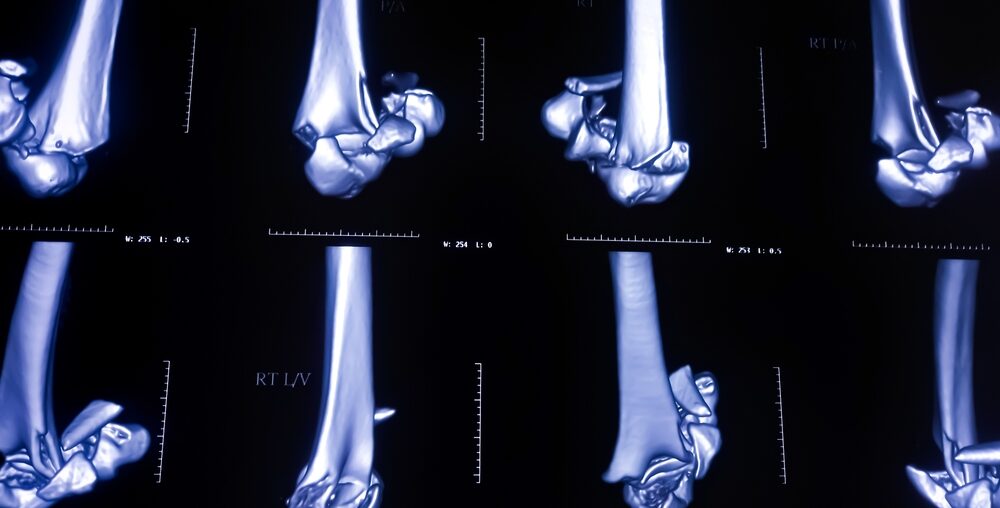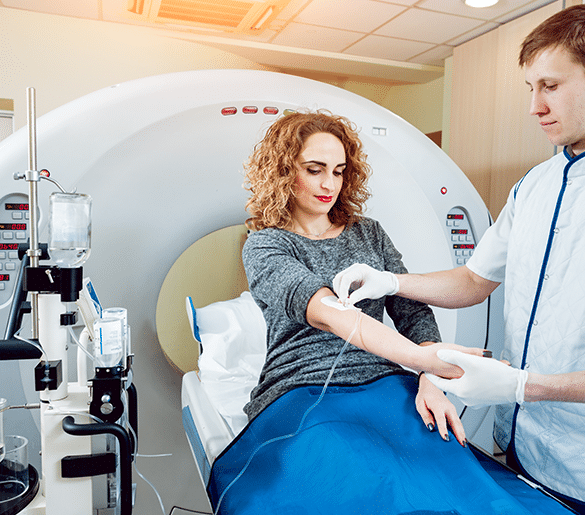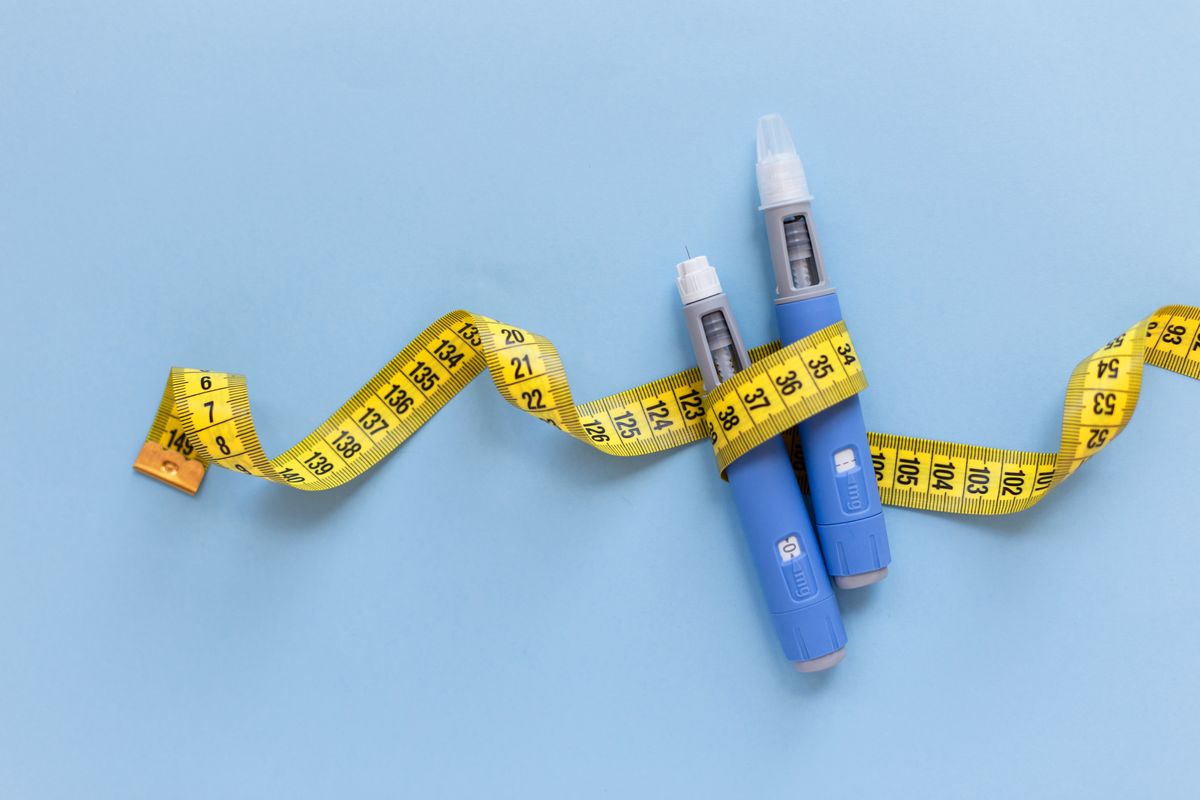Computed Tomography (CT) scans have revolutionized medical diagnostics, providing a window into the human body like never before. These scans are instrumental in diagnosing, treating, and checking many conditions. This comprehensive guide will explore the importance of CT scans, the procedure, their role in detecting bone fractures, and how.
correct bone fracture detection with CT diagnostics improves long-term health. We’ll also dive into the preparation for a scan, the risks involved, and how modern technology is bringing diagnostic solutions closer to home.
What Is a CT Scan and How Does It Help Us?
CT scans combine sophisticated X-ray technology with advanced computer processing to create detailed cross-sectional images of the body. Unlike traditional X-rays, which offer limited views, CT scans offer a 3D perspective, making them invaluable for detecting hidden conditions and providing a clearer picture of what’s happening inside. Continue reading below if you want to know more about CT scans and how they eventually help doctors with diagnosis and treatment procedures.
Applications of CT Scans:
- Pinpointing Injuries: Emergency rooms often use CT scans to quickly evaluate internal trauma or bleeding.
- Diagnosing Diseases: From cancers to infections, CT scans detect abnormalities in various organs.
- Guiding Treatment Plans: Surgeons rely on CT images for precision in operations or biopsies.
- Tracking Progress: Monitoring conditions like cancer or chronic illnesses becomes easier with periodic CT imaging.
CT scans are a lifeline for correct, prompt interventions that save lives and improve outcomes.
What Happens During a CT Scan Procedure?
The thought of undergoing a CT scan can feel intimidating, but understanding the process can ease concerns. Here’s a breakdown of what to expect:
-
Preparation:
- If the scan involves contrast dye, fasting for 4–6 hours may be necessary.
- Remove all metal items, including jewelry, watches, and glasses, as these can interfere with the scan.
-
Positioning:
- You’ll lie on a motorized table, which slides into a circular scanner. Technicians ensure you’re comfortably positioned.
-
The Scanning Process:
- The scanner emits X-rays, rotating around you to capture images.
- You might hear clicking or whirring sounds—this is completely normal.
- If contrast dye is administered (via injection, orally, or rectally), it enhances the images for clearer results.
-
Time Commitment:
- The entire process typically takes 10–30 minutes, though complex cases may require longer.
By the end of the scan, a radiologist will analyze the images and collaborate with your doctor to decide the next steps.
How Do CT Scans Detect Bone Fractures?
Bone fractures, particularly those in complex regions like the spine, pelvis, or joints, are sometimes missed by traditional X-rays. CT scans step in as a superior diagnostic tool, offering unparalleled clarity and precision.
Key Advantages in Fracture Detection:
- Meticulous Imaging: CT scans detect small or hairline fractures that may escape an X-ray’s notice.
- 3D Visualization: Doctors can view the fracture’s orientation and severity, aiding in treatment planning.
- Soft Tissue Insights: CT scans also reveal damage to surrounding muscles, ligaments, or nerves, providing a complete picture of the injury.
This level of detail ensures that patients receive the most effective treatment, whether it involves immobilization, surgery, or rehabilitation.
Where to Find the Best Imaging Centers?
When searching for high-quality imaging services, prioritize centers with:
- Accreditation: Choose facilities certified by reputable organizations, such as the American College of Radiology (ACR).
- Ultramodern Technology: Advanced equipment ensures better image quality and lower radiation exposure.
- Experienced Staff: Radiologists and technicians with the ability to enhance diagnostic accuracy.
- Positive Patient Reviews: Feedback from earlier patients can offer valuable insights.
Southfield boasts many reputable imaging centers. Would you like to aid in finding one tailored to your needs?
The Role of Diagnostics in Long-Term Treatment and Medication
Diagnostics like CT scans play a crucial role in shaping a patient’s journey to recovery and long-term well-being. Here’s how:
Benefits for Patients:
- Early Detection: Finding conditions in their first stages allows for prompt interventions, reducing complications.
- Tailored Treatments: A clear diagnosis leads to personalized treatment plans that address individual needs.
- Effective Monitoring: Regular imaging helps evaluate the success of treatments, allowing adjustments if needed.
- Informed Decisions: Diagnostics empower patients and doctors with correct information to make the best choices.
Ultimately, diagnostics serve as the foundation for effective care, improving the quality of life for countless individuals.
Bringing Diagnostics to Your Doorstep: Online and Mobile Solutions
For those with mobility or commute issues, innovative solutions are breaking barriers to accessibility.
- Telemedicine Platforms: Many radiologists now offer virtual consultations, reviewing scans and discussing results online.
- At-Home Imaging Services: Mobile imaging units bring the equipment to your home, ensuring convenience without compromising accuracy.
- Secure Online Portals: CT scan reports can be delivered digitally, allowing seamless sharing with your healthcare provider.
Such advancements make high-quality diagnostics more accessible, particularly for elderly or disabled patients.
Understanding the Risks and Aftereffects of CT Scans
While CT scans are incredibly useful, it’s essential to be aware of the potential risks:
-
Radiation Exposure:
- CT scans use ionizing radiation, which carries a minimal cancer risk. However, modern machines and techniques minimize this exposure.
Contrast Dye Reactions:
- Mild effects include nausea or a warm sensation. Severe allergic reactions are rare but possible.
-
Kidney Concerns:
- Patients with pre-existing kidney issues should discuss the risks associated with contrast dye.
-
Cumulative Exposure:
- Frequent scans may increase long-term radiation exposure risks.
Doctors weigh these risks against the benefits, ensuring the scan is necessary and justified.
How to Prepare for a CT Scan for a Bone Fracture
Proper preparation enhances the effectiveness of the scan and ensures a smooth experience. Here’s what to do:
- Discuss Medical History: Inform your doctor about allergies, medications, or earlier reactions to contrast dye.
- Follow Fasting Instructions: If contrast dye is part of the scan, avoid eating or drinking for the specified period.
- Choose Comfortable Clothing: opt for loose, metal-free attire.
- Relax and Stay Still: During the scan, remain as still as possible to ensure clear images.
- Ask Questions: If you’re unsure about any part of the process, don’t hesitate to ask your healthcare provider.
Proper preparation ensures correct results and a stress-free experience.
Why CT Scans Are Worth It
Despite minor risks, the advantages of CT scans far outweigh the drawbacks. They are quick, painless, and provide a wealth of information critical for diagnosing and managing conditions. From detecting fractures to guiding complex surgeries, CT scans empower healthcare professionals to deliver the best possible care.
To Conclude
Overall, CT scans are not just diagnostic tools—they are lifesaving technologies that bridge the gap between symptoms and solutions. Thus, With advancements in imaging and online solutions, accessing these services is easier and more convenient than ever.
Whether you’re preparing for a scan, searching for Imaging Services for diagnostic needs in Southfield, MI, or exploring various options, search no more. In any case, understanding the process equips you to make informed decisions for your health. Lastly, share this article with those who might make effective use of it and benefit from ire in the long run.


